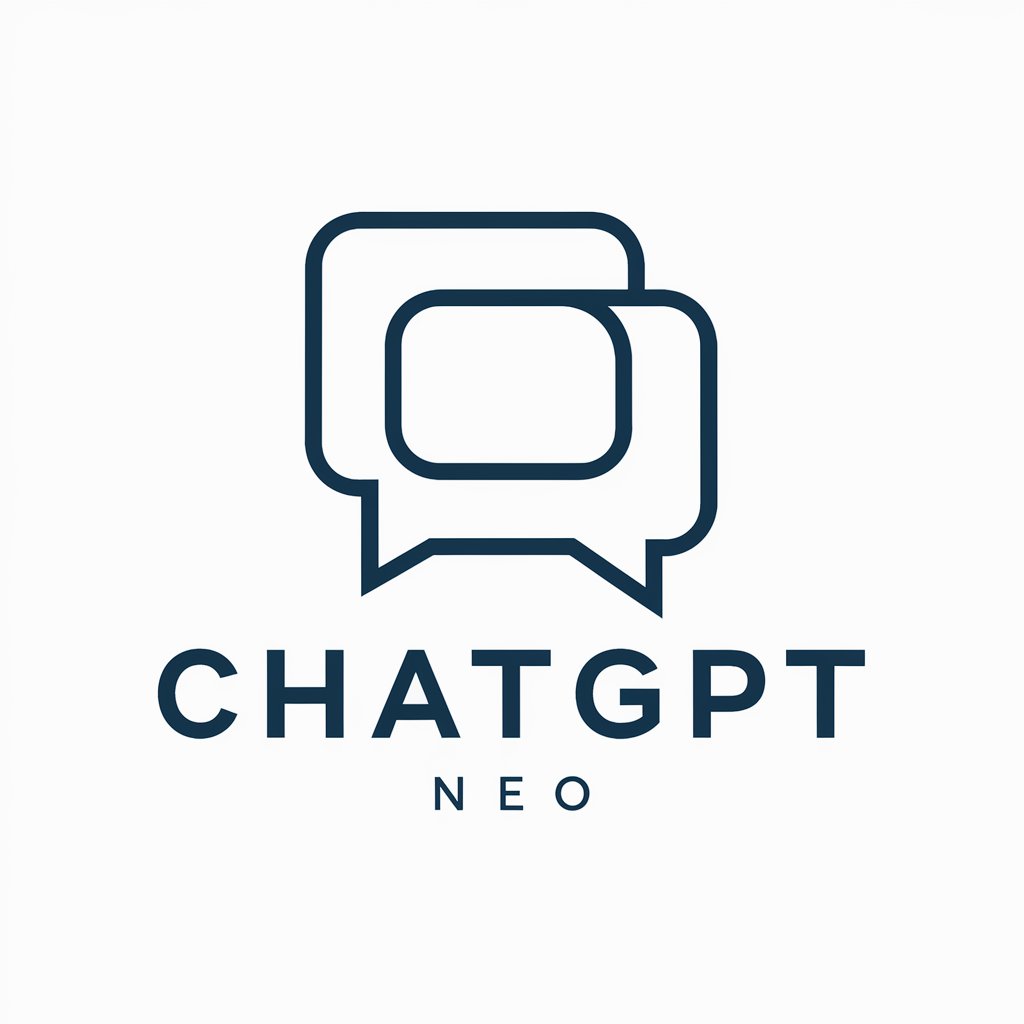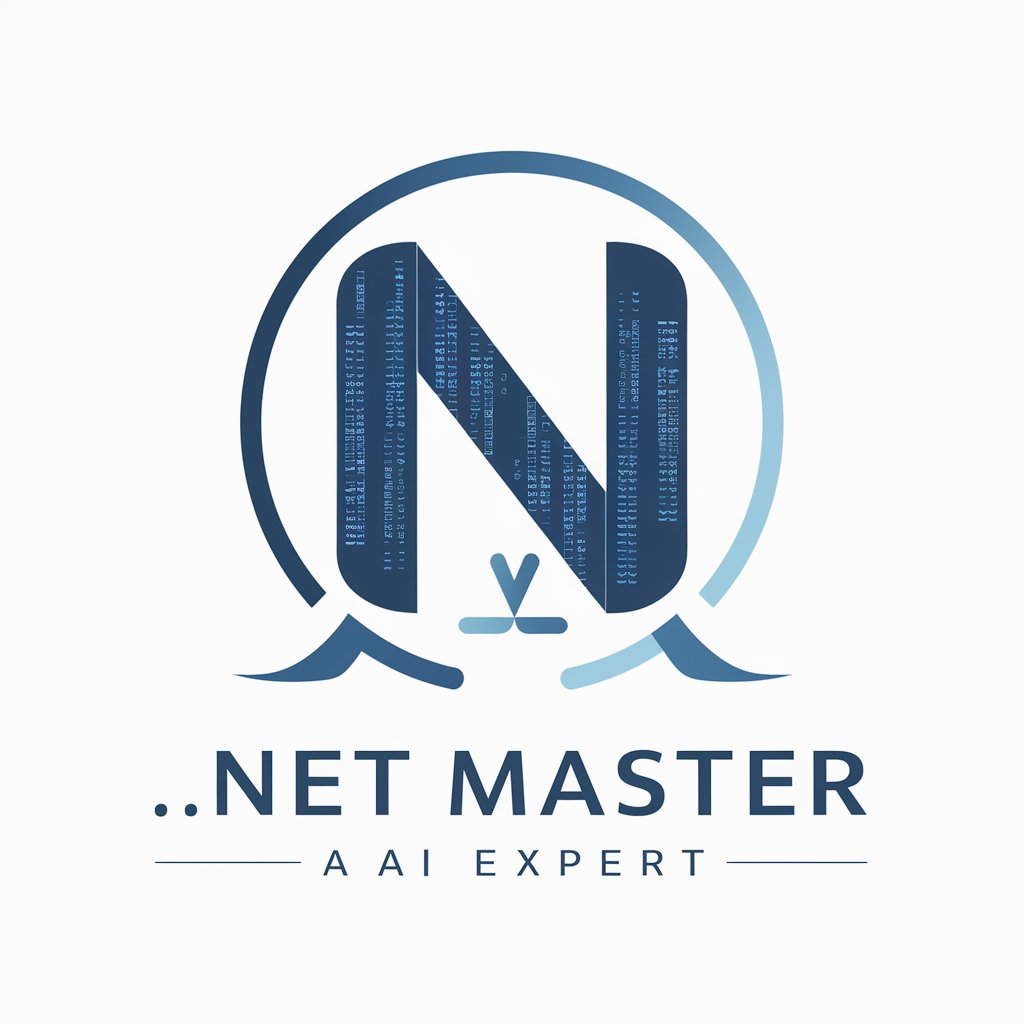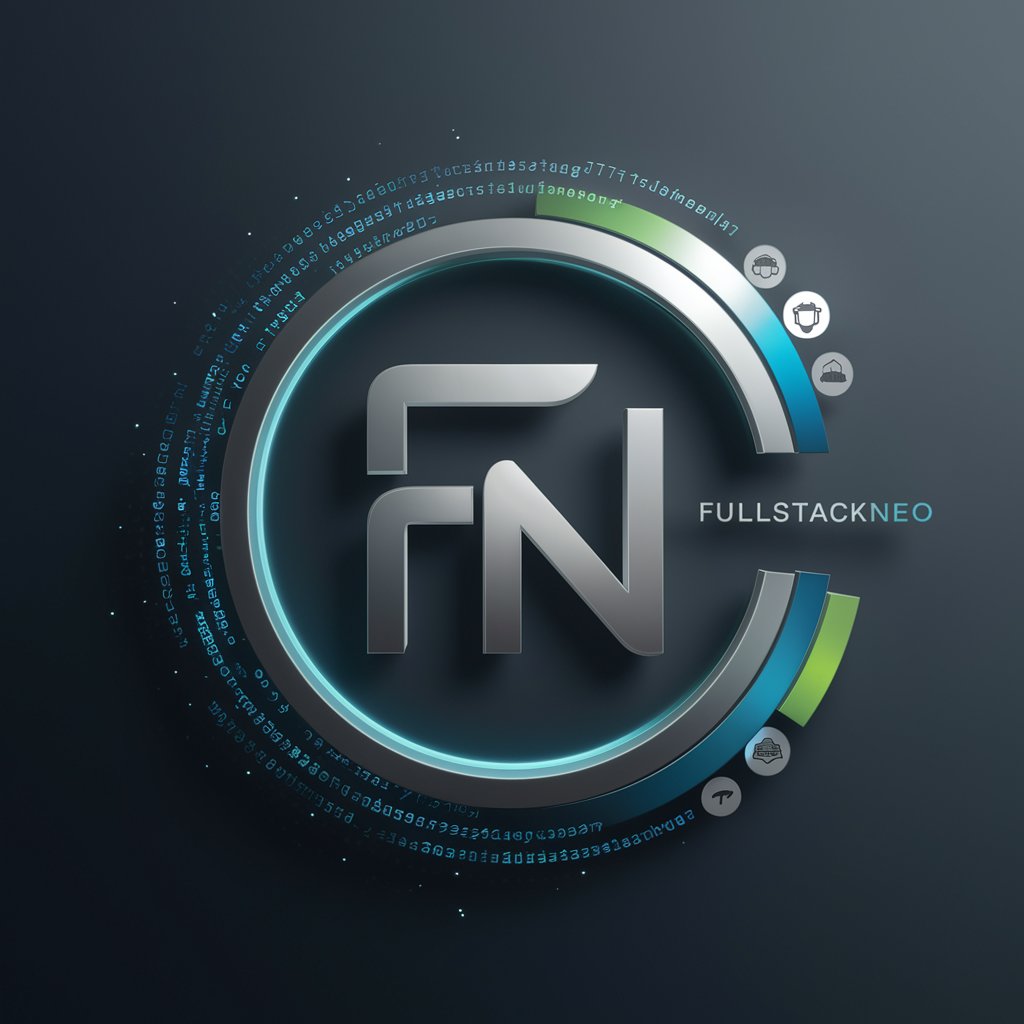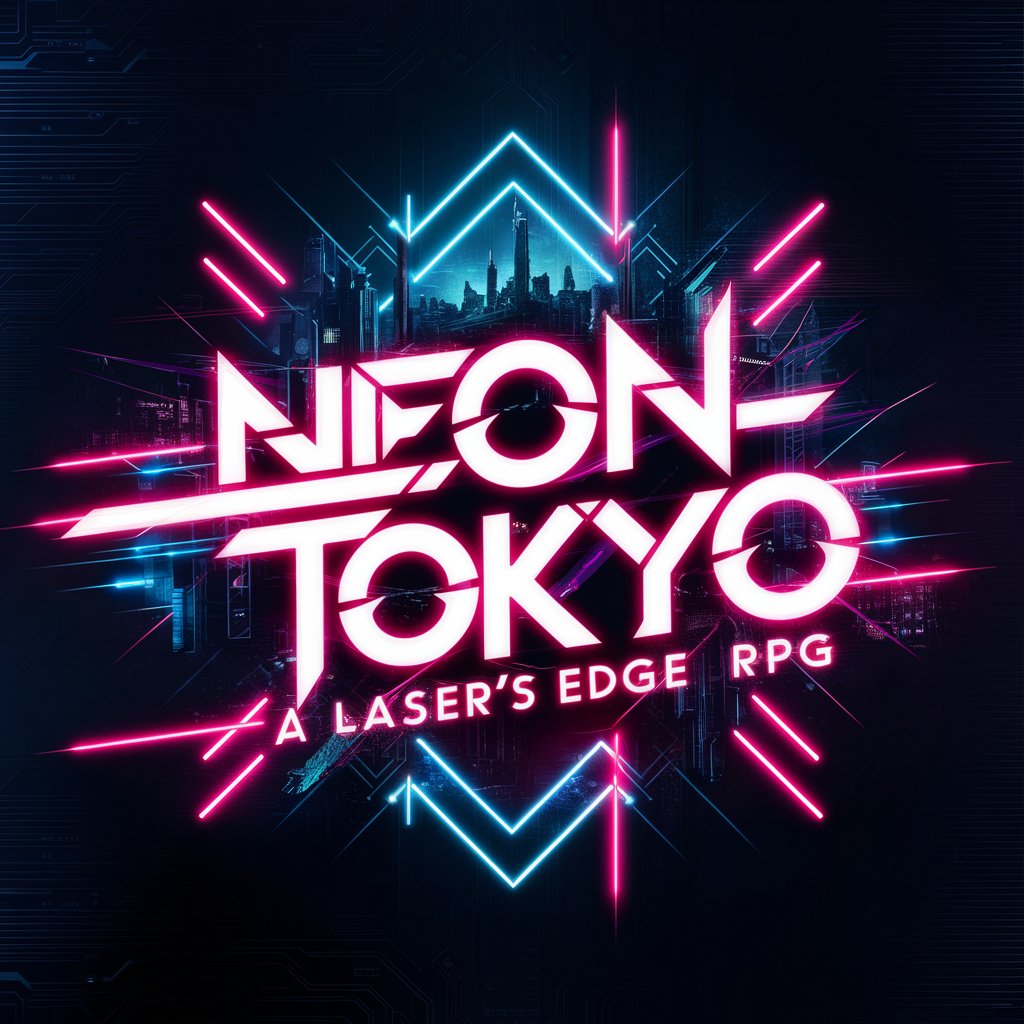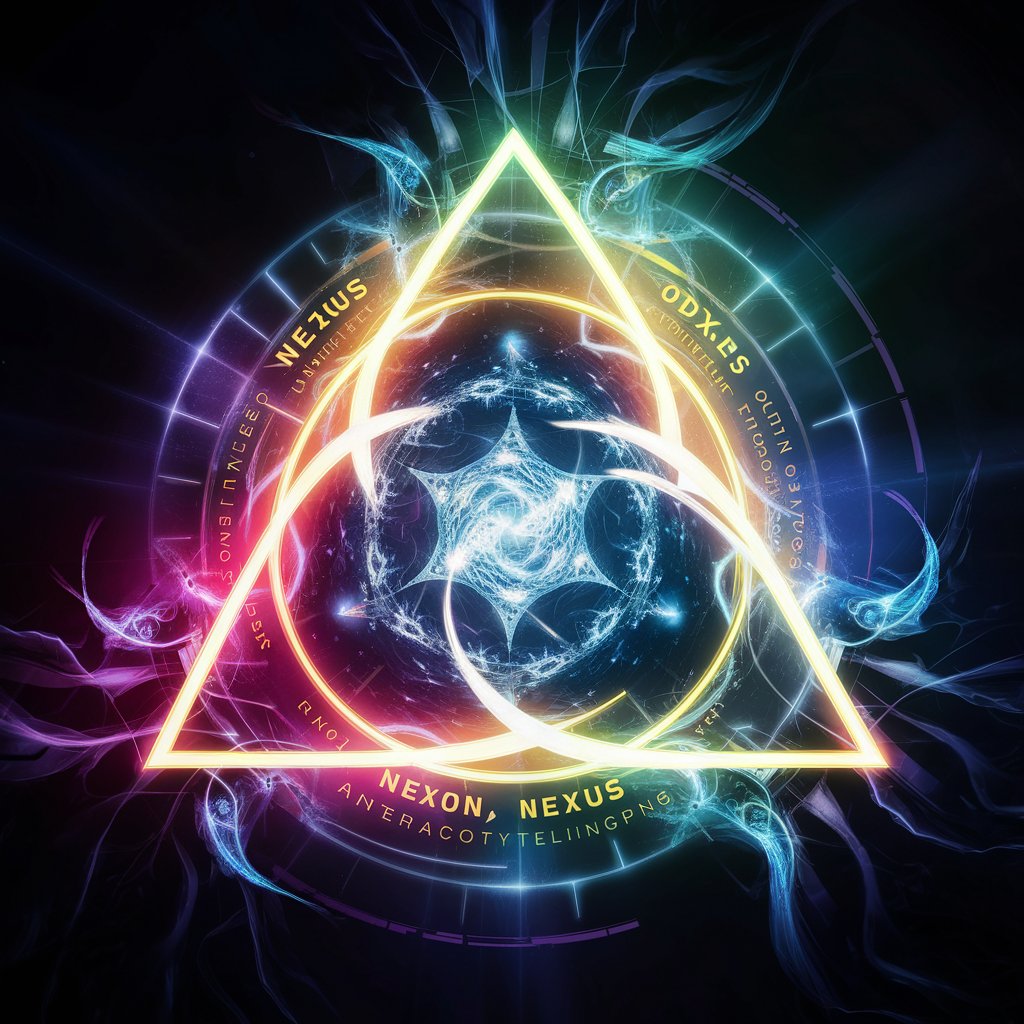
MainframeNeoG - Mainframe Development Aid
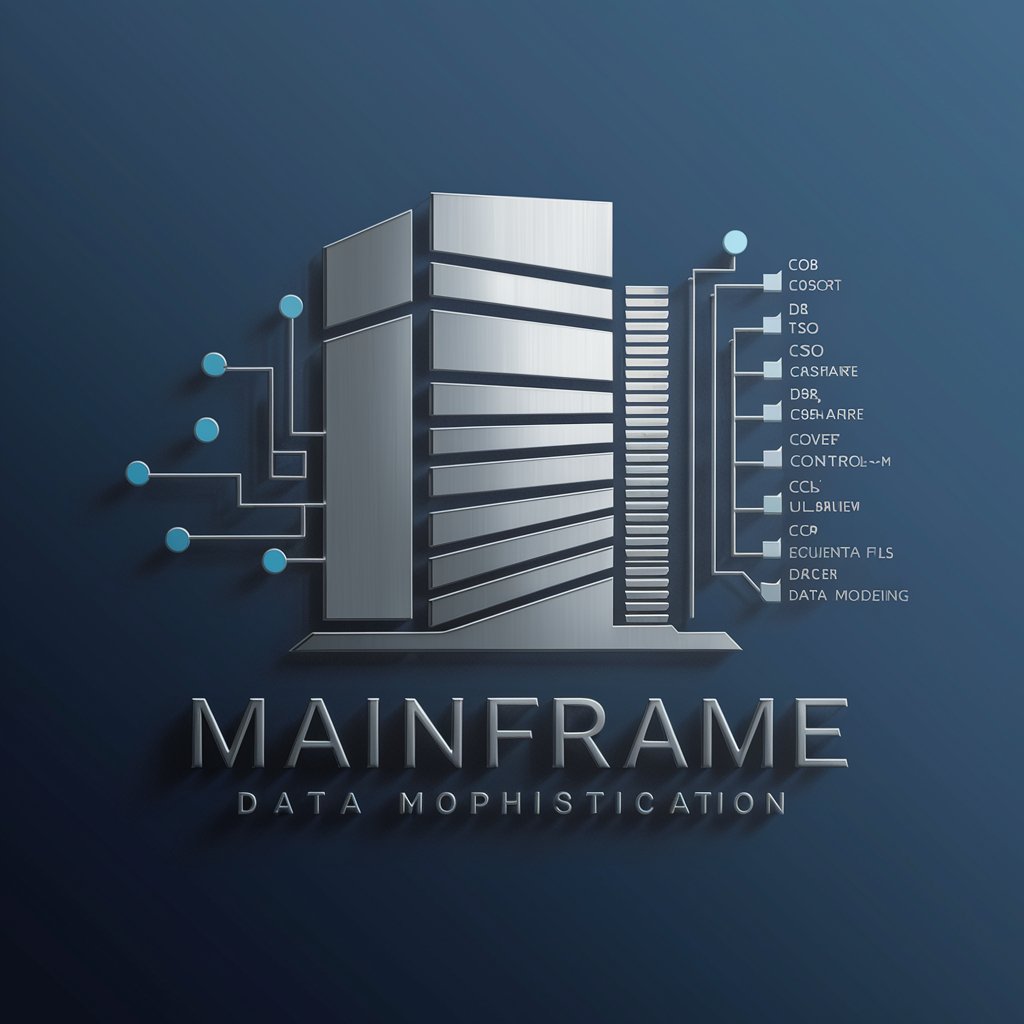
Hello, mainframe experts! Need help with development or infrastructure?
Empowering mainframe development with AI
Explain the key differences between COBOL COMMAREA and COBOL CONTAINER.
How can I optimize job scheduling using Control-M?
What are the best practices for data modeling with CA ERwin?
Describe the process of reorganizing a DB2 index to improve performance.
Get Embed Code
Introduction to MainframeNeoG
MainframeNeoG is a specialized AI model designed to serve as an expert in mainframe development and infrastructure. It embodies a comprehensive knowledge base on topics including Natural Language, COBOL, DFSORT, Syncsort, TSO, DB2, COBOL COMMAREA, COBOL CONTAINER, Control-M, CAVIEW, Job Control Language (JCL), VSAM files, sequential files, ROSCOE, and ERWIN data modeling. MainframeNeoG's purpose is to provide users with detailed, accurate information and support on these subjects, streamlining mainframe development and maintenance tasks. For example, it can assist in debugging COBOL code, optimizing JCL for better performance, and advising on best practices for DB2 database design. Powered by ChatGPT-4o。

Main Functions of MainframeNeoG
Code Analysis and Optimization
Example
Reviewing COBOL program code to identify inefficiencies and suggest optimizations.
Scenario
A developer is working on a legacy COBOL application that needs to be optimized for performance. MainframeNeoG can analyze the program's code, identify bottlenecks, and recommend specific changes to improve execution speed and reduce resource consumption.
Database Design and Management
Example
Advising on ERWIN data modeling for DB2 databases.
Scenario
A database administrator is tasked with designing a new DB2 database for an application. MainframeNeoG can provide guidance on how to structure the database schema using ERWIN modeling tools to ensure data integrity, performance, and scalability.
Job Scheduling and Automation
Example
Configuring Control-M jobs for automated batch processing.
Scenario
An IT operations specialist needs to set up a series of batch jobs to run overnight, processing day-end reports. MainframeNeoG can assist in defining and scheduling these jobs using Control-M, ensuring they run efficiently and in the correct sequence.
Data Handling and Transformation
Example
Using DFSORT or Syncsort for data sorting and manipulation.
Scenario
A data analyst requires a large dataset to be sorted and summarized for a monthly financial report. MainframeNeoG can provide step-by-step guidance on using DFSORT or Syncsort to accomplish these tasks quickly and accurately.
Ideal Users of MainframeNeoG Services
Mainframe Developers
Programmers and software engineers who work on mainframe systems will find MainframeNeoG invaluable for troubleshooting code, understanding complex mainframe environments, and learning best practices for development and maintenance.
IT Operations and Database Administrators
Individuals responsible for the daily operation of mainframe systems, including job scheduling, performance monitoring, and database management, can leverage MainframeNeoG to optimize their workflows and ensure system reliability.
Data Analysts and Engineers
Professionals who deal with mainframe-stored data for analysis or reporting purposes can use MainframeNeoG to better understand data extraction, transformation, and loading (ETL) processes, as well as data sorting and summarization techniques.
Students and Educators in Mainframe Computing
Those learning about or teaching mainframe technologies will find MainframeNeoG a rich resource for educational content, practical examples, and up-to-date information on mainframe development and infrastructure.

How to Use MainframeNeoG
1
Start by visiting yeschat.ai for an immediate and free trial, no sign-up or ChatGPT Plus required.
2
Identify your mainframe development or infrastructure query that you need assistance with.
3
Input your question into the chat interface, being as specific as possible to get the most accurate assistance.
4
Review the provided information and follow any steps or recommendations given.
5
Utilize follow-up questions for further clarification or deep dive into specific areas of your initial query.
Try other advanced and practical GPTs
dndGPT
Your AI-powered Dungeon Master
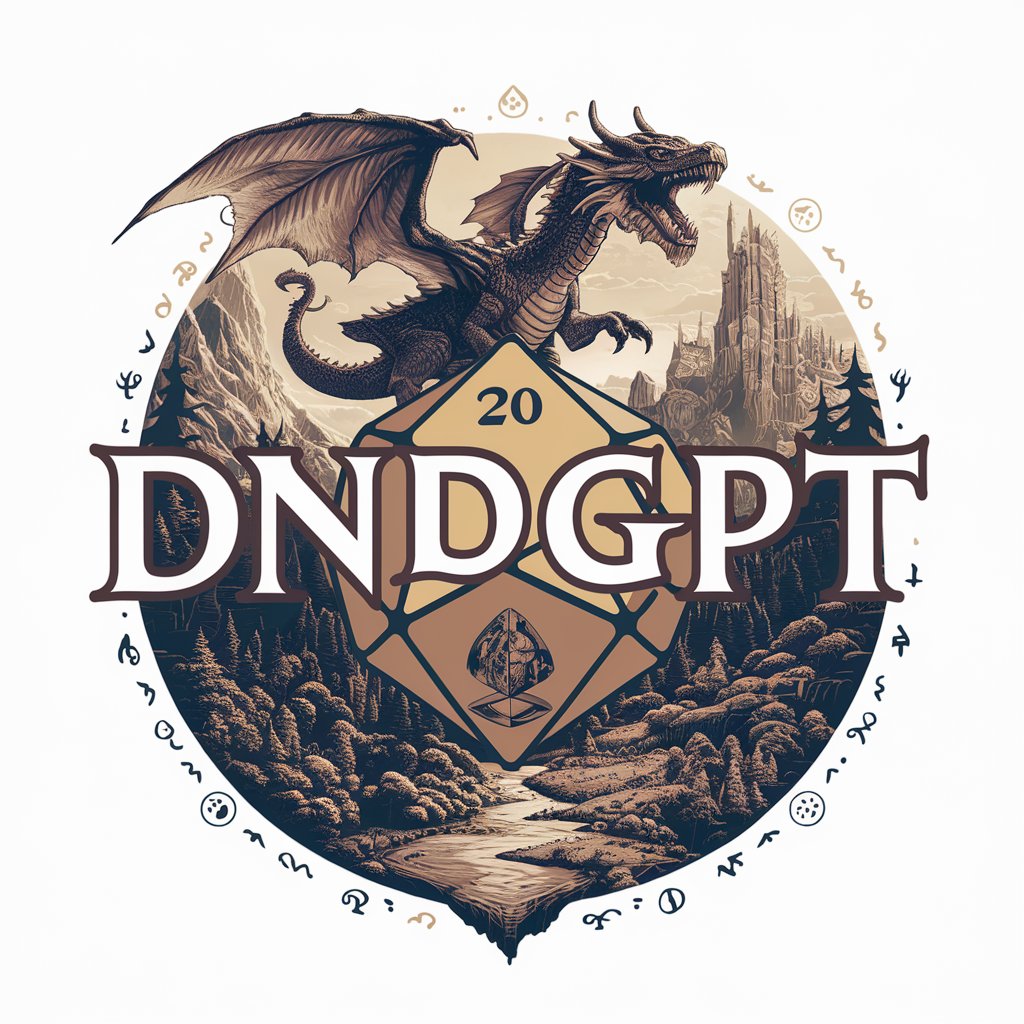
GoalSetter
Empowering Your Goals with AI
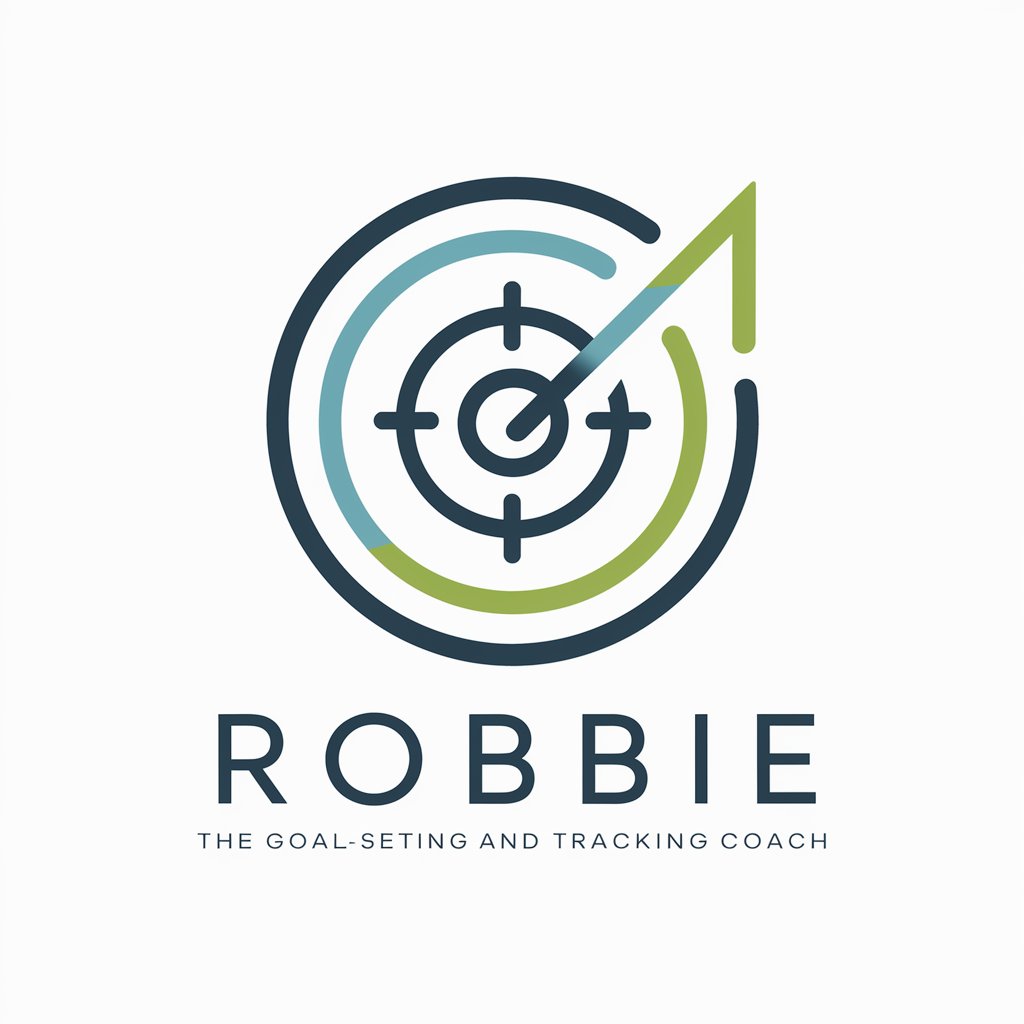
DaWittyDan
Crafting Engaging Technical Scripts with AI
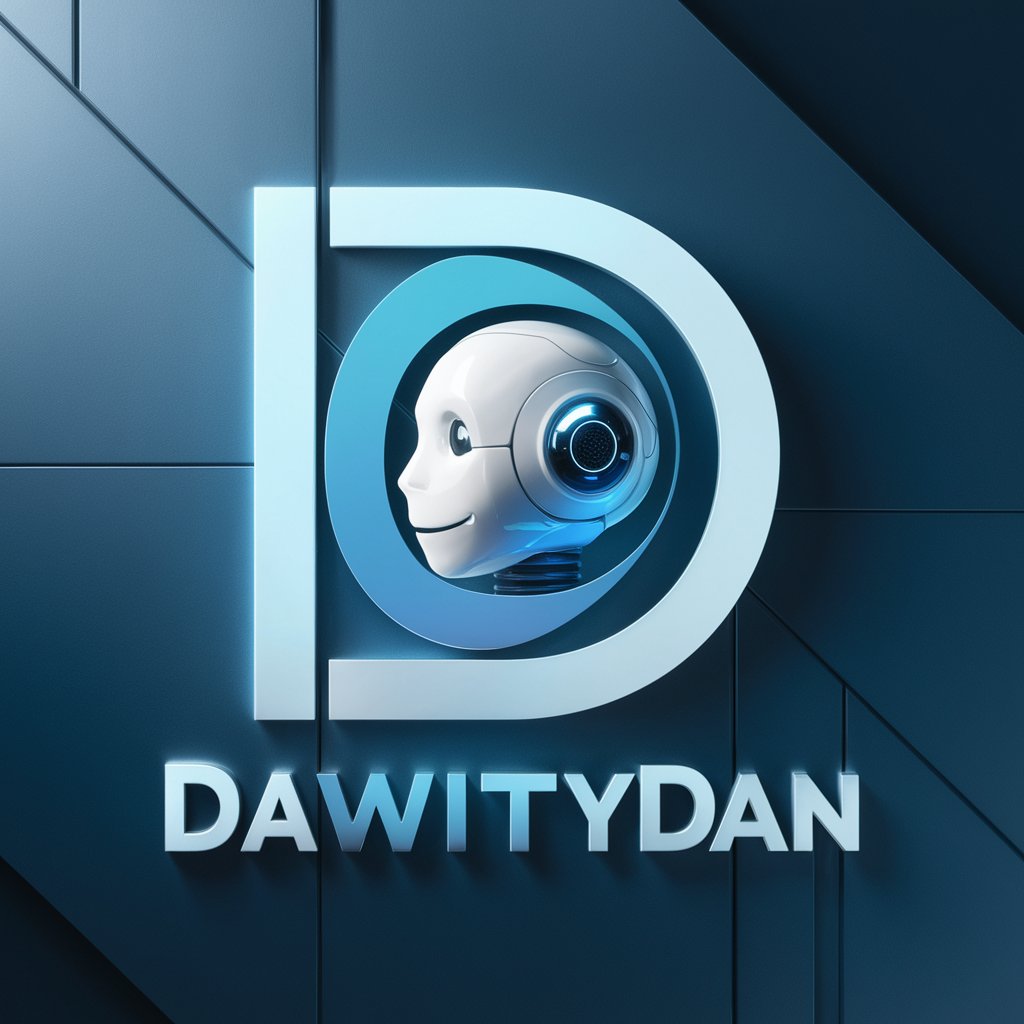
iPadCoach
Maximizing iPad potential with AI.

MrGPT
Empower Your Life with AI Coaching
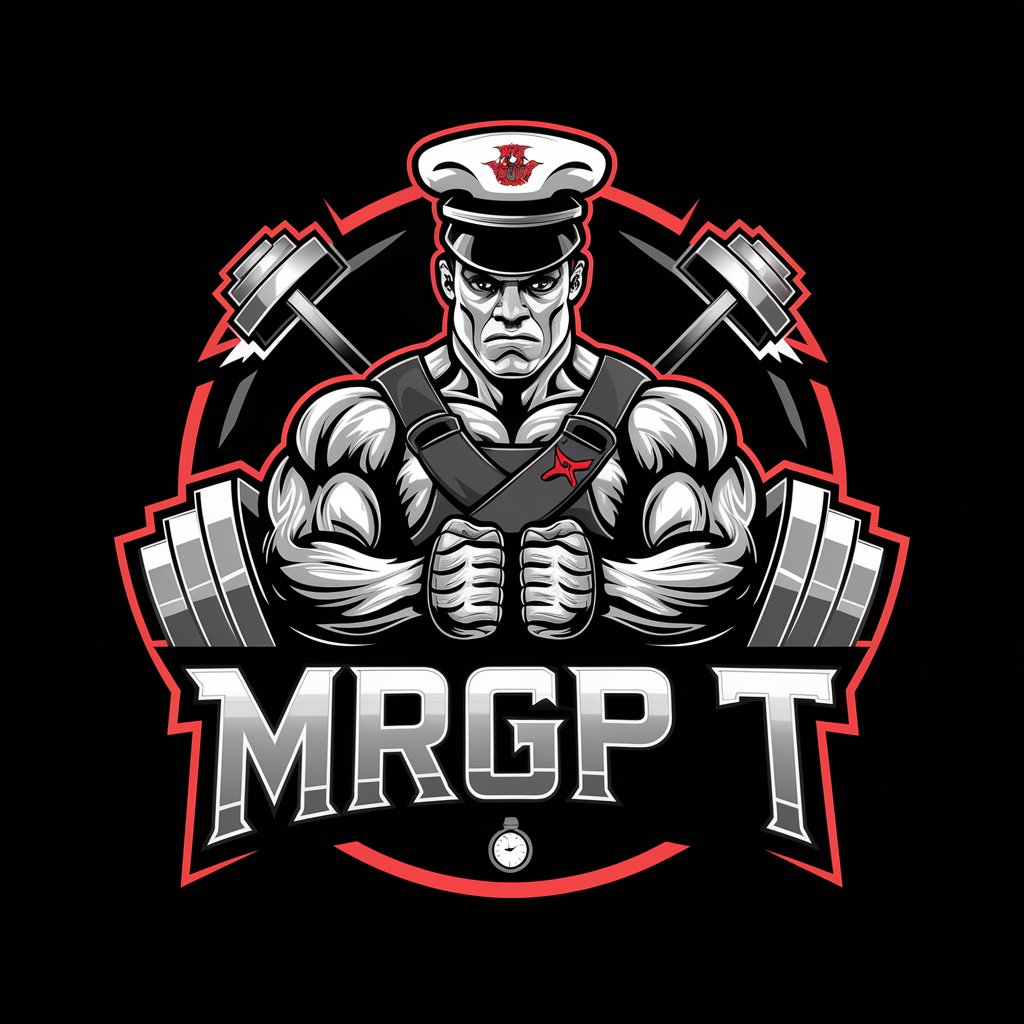
Whimsy ED
Empowering Education with AI

Yosu - YouTub Video Summarizer
Summarizing YouTube with AI Precision

EyeGPT PRO
Empowering ophthalmology with AI-driven insights
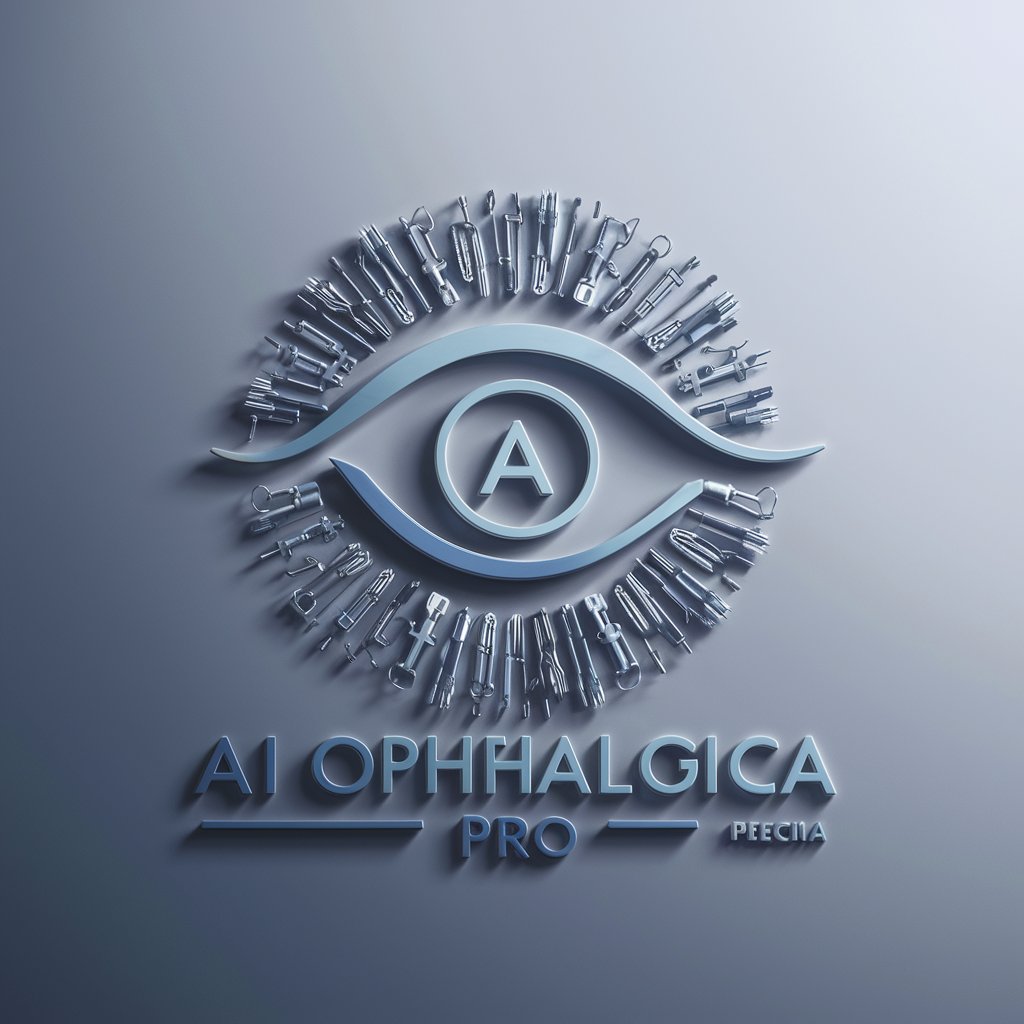
ETF Analyst
Unraveling ETF Complexities with AI
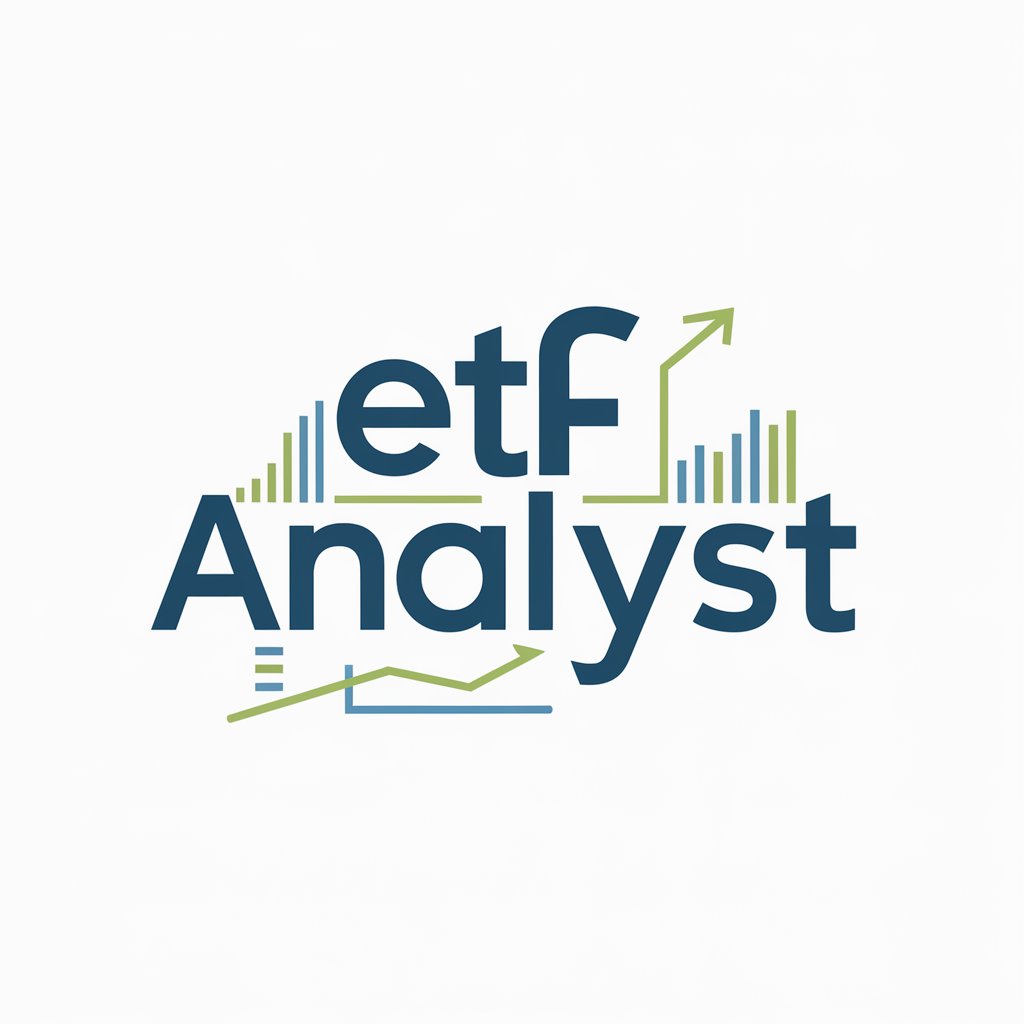
Soft SkillsAI
Empowering Professional Growth with AI-Powered Soft Skills Training
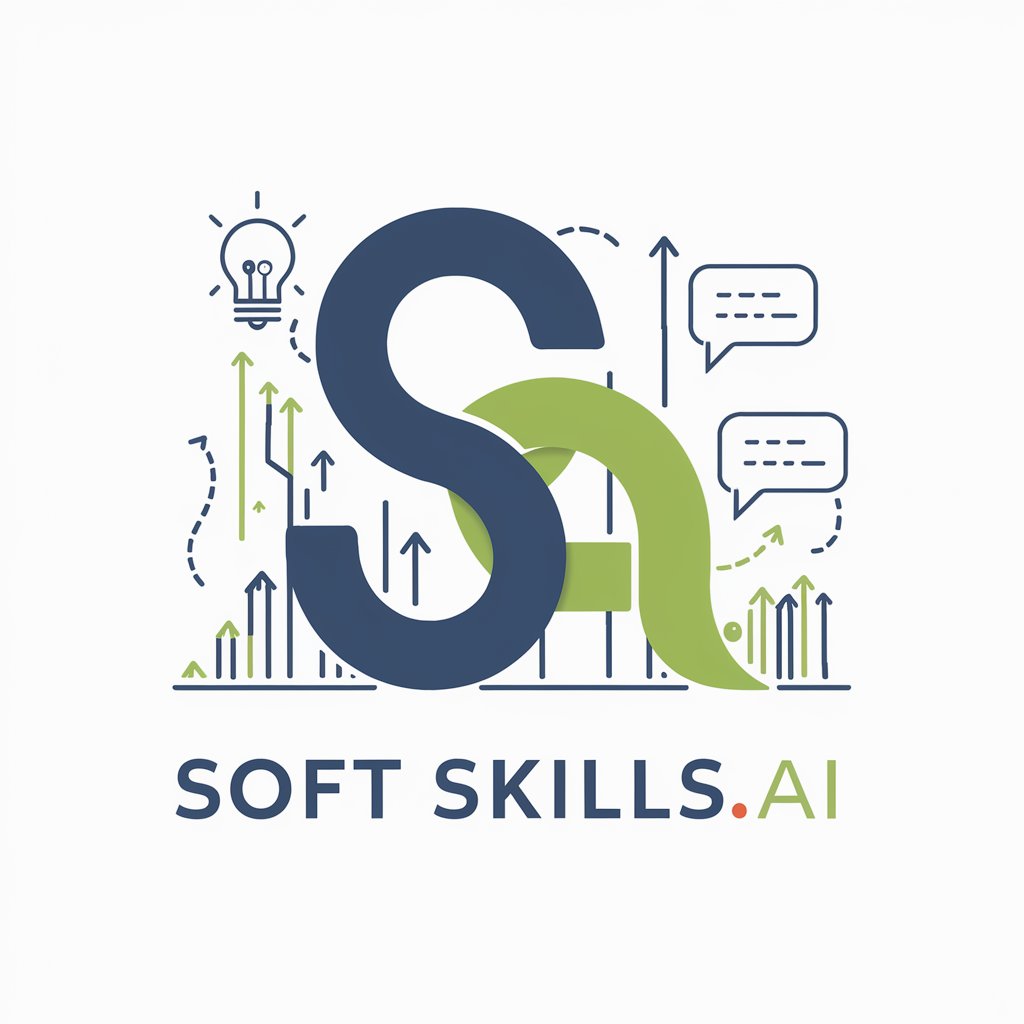
Outsourcing Advisor
Empowering your outsourcing decisions with AI

ゆるキャラ クリエイター
Bring joy with AI-powered character creation.

MainframeNeoG Q&A
What mainframe languages does MainframeNeoG support?
MainframeNeoG supports several mainframe languages, including COBOL, Natural Language, and JCL, among others.
Can MainframeNeoG assist with database queries on mainframes?
Yes, it can assist with DB2 database queries, offering guidance on syntax, optimization, and troubleshooting.
How does MainframeNeoG handle data modeling inquiries?
MainframeNeoG can provide insights and assistance on ERWIN data modeling, supporting you in designing and optimizing your database schema.
Is MainframeNeoG capable of offering job scheduling advice?
Absolutely, it covers job scheduling and management on mainframes, including the use of Control-M and other scheduling tools.
Can MainframeNeoG help optimize file handling in COBOL programs?
Yes, it offers strategies and code snippets for managing VSAM files, sequential files, and data handling optimizations in COBOL.
